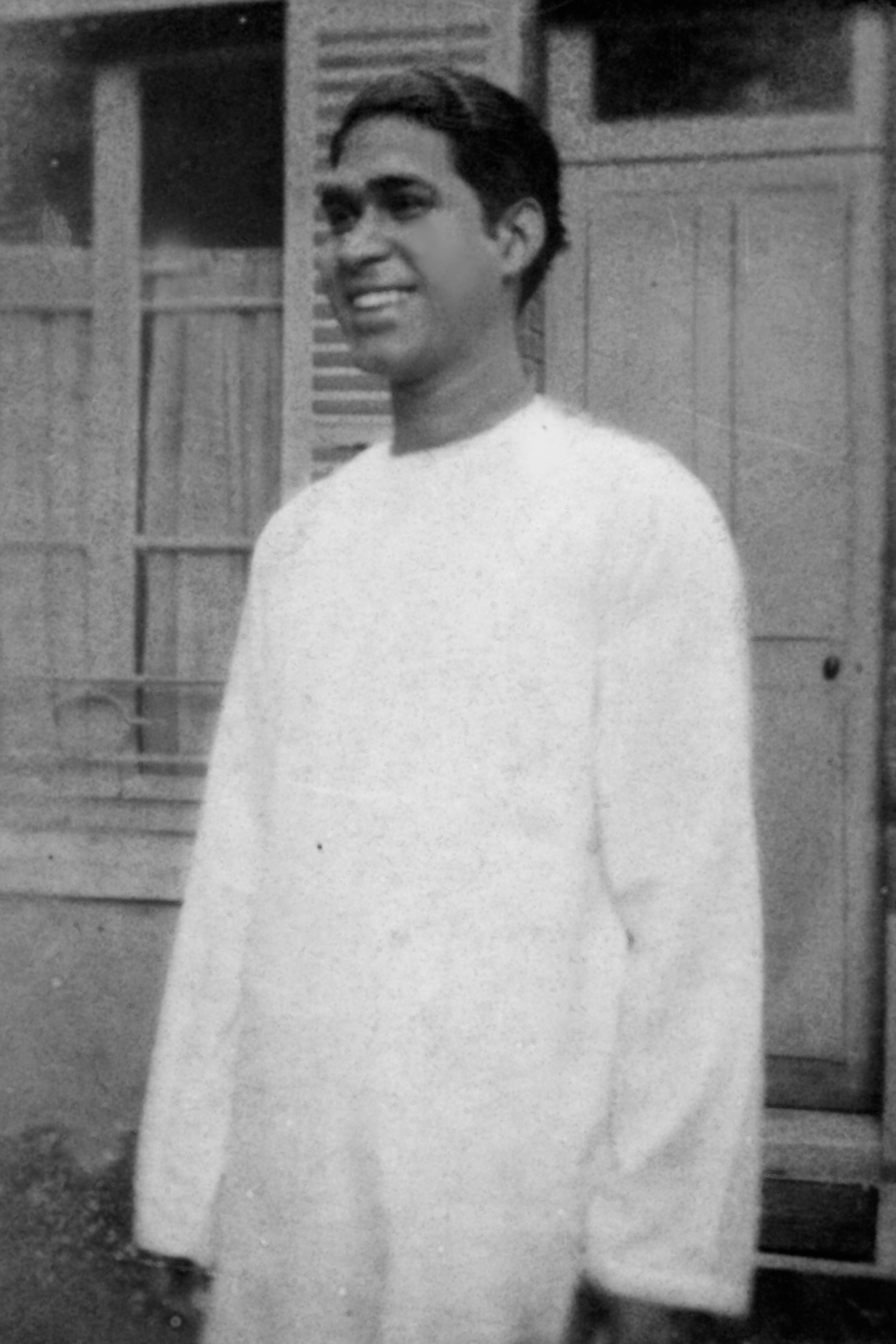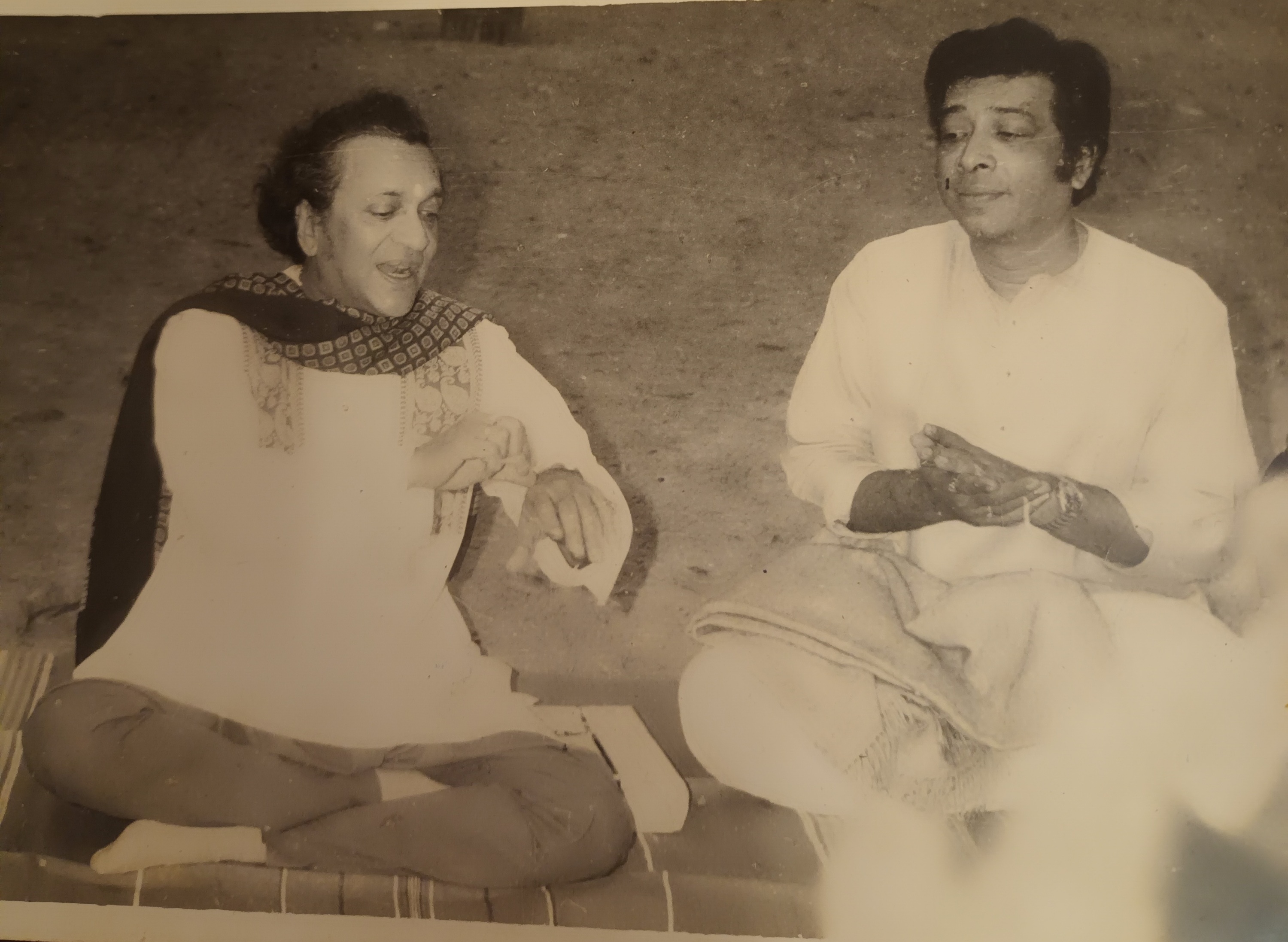
Timir Baran - A brief history
An illustrious sarod player, the father of Indian orchestral music, phenomenal music director-mere such adjectives fail to fathom the creative genius of an artist of such calibre as Timir Baran. The 'Music Legend' is perhaps a better way to define this artiste today shrouded in oblivion.
Born in 1904, Timir Baran began his soiree in music probably as early as he began to walk. His natural talents were honed and guided later, however, by none other than the legendary guru Ustad Allaudin Khan at Maihar who shaped him into a phenomenal sarod player as acknowledged by many including his gurubhai Pandit Ravi Shankar. His sarod drew wide audiences and legends such as Rabindranath Tagore and Mahatma Gandhi before he began his tryst with Uday Shankar. Impressed by the orchestral experiments initiated by guru, Baba Allaudin, Timir Baran embarked on a life long odyssey to create a perfect Indian symphony orchestra- a passion that drove him till the end. Perhaps Uday Shankar's legendary journey would have been incomplete without the musical genius of Timir Baran who supported him with music quintessentially Indian in its treatment of ragas and talas, something that Uday Shankar was missing till then. The music and dance became a holistic counterpart of each other, winning accolades from all over the world.
"3rd March my first performances ended with success...I am proud to see that the music is appreciated even more than my dance...Orchestra and the music for dance has been created completely by Timir Baran. He deserves it all", wrote Uday Shankar in one of his letters.
Many other such brilliant musical productions were created as the troupe toured all over the world. Without using a single Western instrument, Timir Baran created an Orchestra unheard before.
One of his best known symphony compositions is, Shishu Tirtha, based on the poem 'The Child' by Tagore, it was created in 1936 and became a rage. It is believed that Tagore was not only aware of this but also lauded the effort. Timir Baran while travelling in Europe with his troupe, as a music composer of Uday Shankar's dance compositions, mesmerized French audiences with his brilliant orchestral compositions, in the year 1931.



